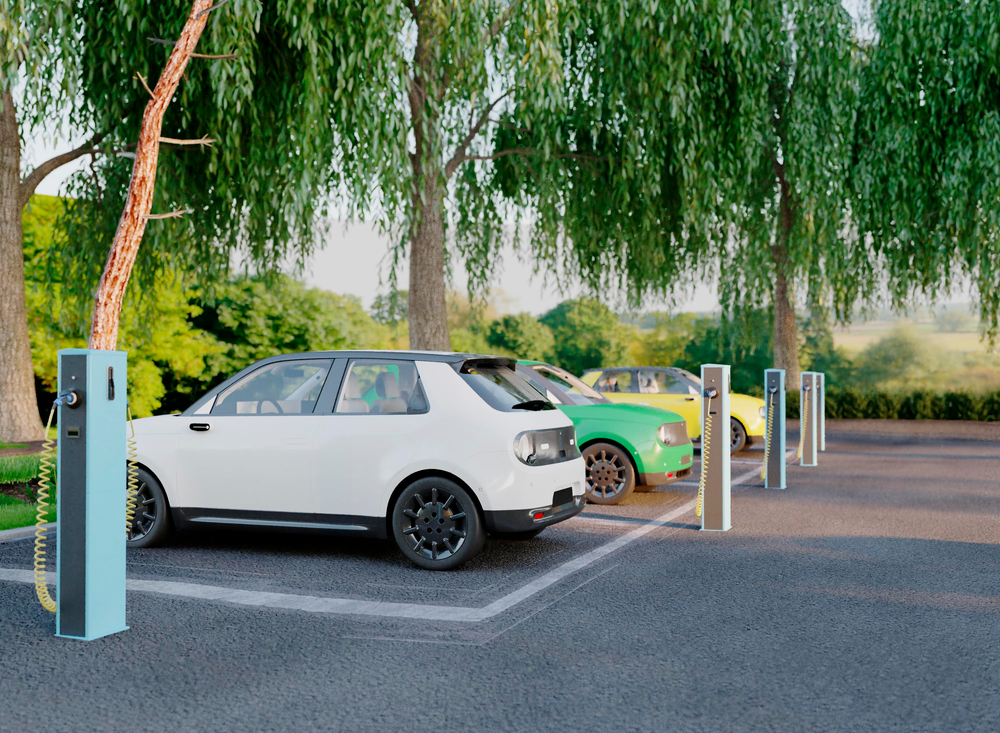Table of Contents
Since many of us now charge our earphones and smartphones wirelessly by placing them on a wireless charging pad, an obvious question from electric car drivers arises: can we do the same with an EV?
The answer is yes on a technical level. Electric cars use the same lithium-ion battery technology as smartphones, so if properly equipped, their batteries could be charged without the need for a bulky cable. It’s useful if it’s raining or for on-street car park where installing chargers along the road isn’t practical. Wireless EV charging is still in its early stages, but progress is being made on a variety of fronts. Vehicle manufacturers such as BMW have already experimented with the technology, and there are currently trials underway in which specially equipped cars can be charged wirelessly in public parking lots.
Let’s take a look at how does wireless electric vehicle charging work?
Charging cars without wires works in the same way like wireless phone charger, but on a larger scale. You may have noticed that you can lift your phone very slightly away from its charger without interrupting the flow of electricity; wireless car chargers work in the same way, but at a distance measured in inches rather than millimetres. In both cases, the required technology is known as inductive charging. This is the process by which electricity is transferred from one magnetic coil in the charger to a second fitted to the smartphone or car via an air gap. All you have to do is park in the correct location to ensure that both coils are aligned before charging can begin.
Wireless electric vehicle charging systems are classified into two types based on their application –
- Static Wireless Charging – When the vehicle remains static, it charges, as the name implies. So, in this case, we could simply park the EV in a parking spot or in a garage that is integrated with WCS. The transmitter is installed beneath the ground, and the receiver is installed beneath the vehicle. Align the transmitter and receiver before leaving the vehicle to charge. The charging time is determined by the power level of the AC supply, the distance between the transmitter and receiver, and the size of their pads.
- Dynamic Wireless Charging System – As the name implies, the vehicle is charged while in motion. Power is transferred over the air from a stationary transmitter to a moving vehicle’s receiver coil. Using DWCS, by continuously charging EV’s battery while driving on highways and roads vehicles travel range could be increased. It reduces the need for large energy storage, resulting in a lighter vehicle.
Wireless electric vehicle charging allows vehicle to charge without the need for a plug. It will not be a good thing if each company develops its own wireless charging standards that are incompatible with other systems. As a result, in order to make wireless EV charging more user-friendly, Standards are being developed by a number of international organisations.
Challenges –
- New infrastructure development is required to install static and dynamic wireless charging stations on roads, as current arrangements are insufficient for the installations.
- It is necessary to maintain EMC, EMI, and frequency standards in order to protect human health and safety.

